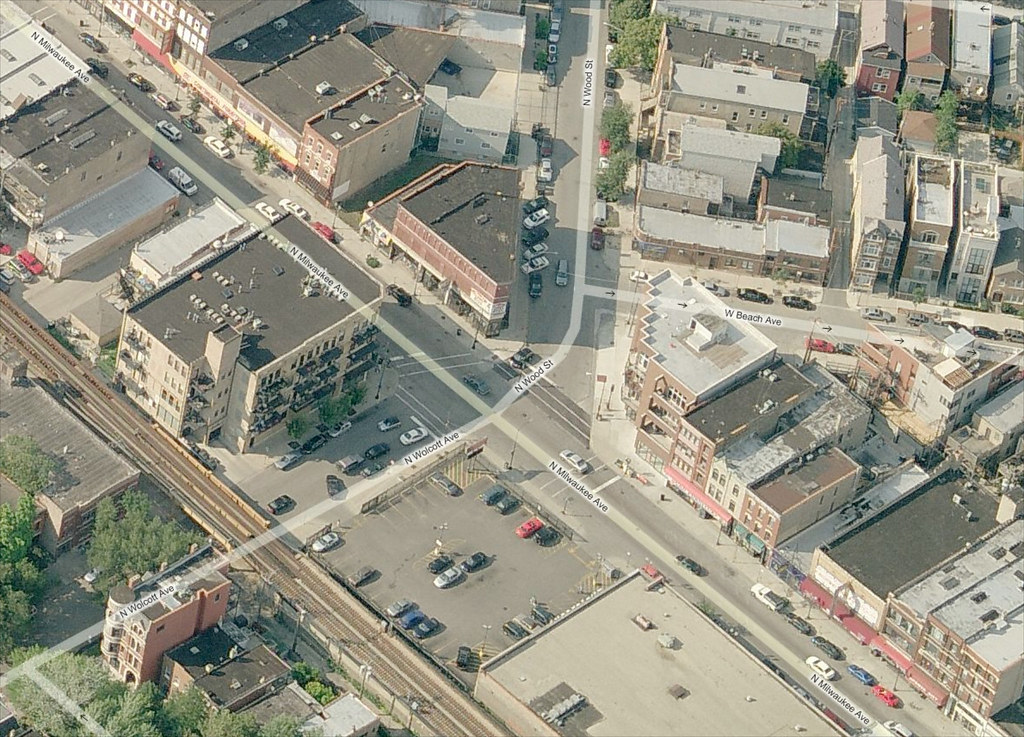[flickr]photo:7213242382[/flickr]
Can you find anything “bad” or “could use improvement” about the design of this intersection between Ogden Avenue and an on-ramp to northbound Kennedy Expressway? There are clues in Notes below.
Two weeks ago, a commenter asked about the LED signs on Illinois highways. This article from the Chicago Tribune tells what they’re showing:
When travel times and Amber alerts aren’t being shown on electronic message boards, a running tally of traffic deaths in Illinois is often displayed along highways across the state to remind motorists about the consequences of dangerous driving.
What are the other factors at play in this increase? Does dangerous design have a role? Or economic factors?
On Saturday, August 11, I went with a friend on the CTA Blue Line to Forest Park with our bikes; we got on the Illinois Prairie Path just a few hundred feet away from the train terminal, inside a cemetery. The bike ride was a reminder to me of the persistent road and trail design inconsistencies, within cities, within states, and across the country. I went on a road trip to Richmond, Virginia, during which I drove on the highways and local roads of 5 states. It seemed to me that the Manual of Uniform Traffic Control Devices (MUTCD), a federal document that every road, path, and bike lane builder in the country must follow (or obtain exemptions from), was lost or deleted. Continue reading Illinois traffic fatalities are up this year: What to do about it?
